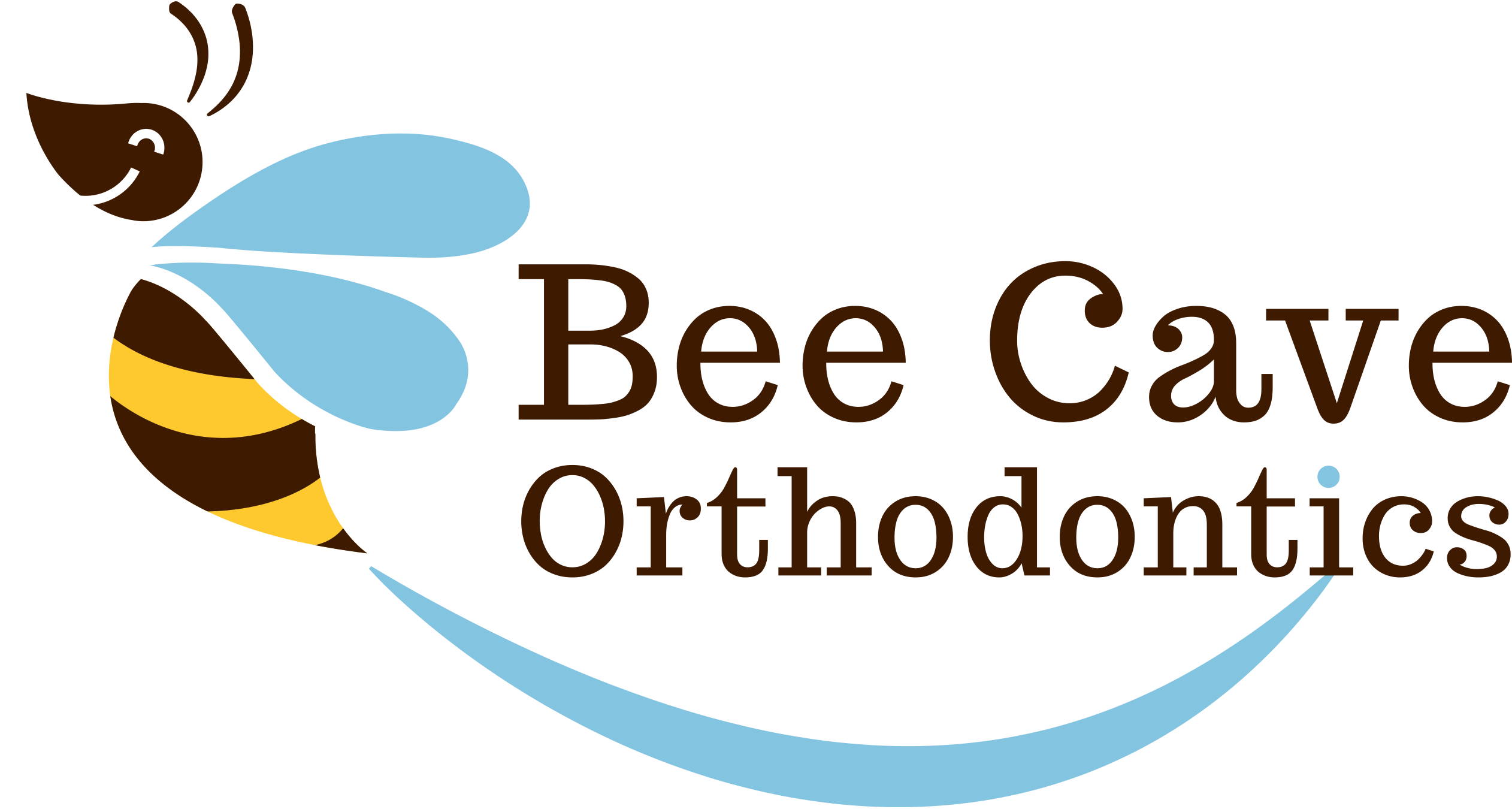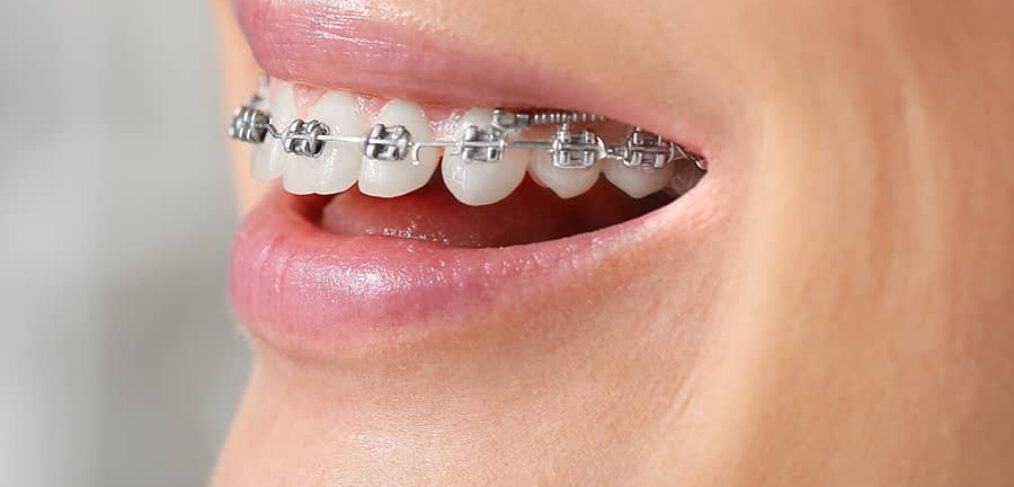The transformative benefits of Temporary Anchorage Devicess in orthodontics for correcting gummy smiles, sleep apnea, and more. Learn insights from experts on how these devices offer precise, minimally invasive solutions. Schedule your free consultation today! – Bee Cave Orthodontics – Austin, Texas
Temporary Anchorage Devices (TADs) have revolutionized orthodontics, unlocking solutions for complex issues that extend far beyond simple alignment.
These small titanium screws provide a stable anchorage point within the bone, enabling precise and effective tooth movement without relying solely on traditional braces or aligners.
Recently, leading orthodontic experts, including Dr. Da Silveira, Dr. Sebastian Baumgaertel and Dr. Joseph S. Petrey, gathered at the TADcon conference in Las Vegas to discuss the latest advancements in TAD applications.
This event showcased groundbreaking uses of TADs for both aesthetic treatments, such as reducing excessive gum display, and functional improvements, including upper arch expansion for sleep apnea patients.
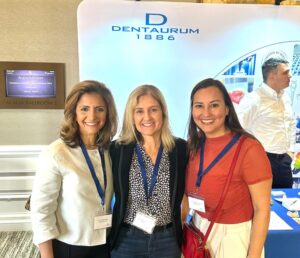
How TADs Work in Modern Orthodontics
TADs are minimally invasive, delivering effective results for patients who require specialized adjustments. By creating a secure anchor in the bone, orthodontists can direct tooth movement with exceptional precision, targeting issues like misalignment, gum display, and even certain breathing difficulties.
Dr. Da Silveira, who has used TADs extensively in her practice, notes, “TADs provide a minimally invasive and efficient solution, allowing us to achieve predictable and aesthetically pleasing results, particularly in cases of excessive gum display.” This advanced control enables orthodontists to treat complex cases with a level of precision that was previously unattainable.
Below is one of Dr. D’s TAD treatment cases.
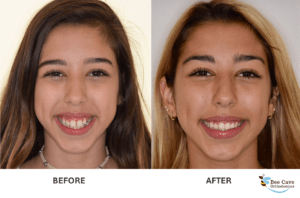
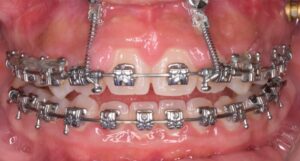
1. Tackling Sleep Apnea with TADs and Upper Arch Expansion
One of the most groundbreaking uses of TADs lies in MARPE (Maxillary Skeletal Expansion) to address obstructive sleep apnea (OSA). This advanced technique widens the upper jaw, creating additional space in the airway and alleviating breathing issues that worsen during sleep. Dr. Joseph S. Petrey, an expert in MARPE, explains, “TADs offer a minimally invasive way to expand the upper jaw, allowing us to open the airway and improve airflow for better sleep.” Dr. Da Silveira is also exploring this use of TADs to aid patients with narrow maxillas or sleep apnea, recognizing the potential for enhanced sleep quality and improved overall health through gentle upper arch expansion.
2. Achieving a Balanced Smile in Cases of Excessive Gum Display
A “gummy smile” can impact self-confidence, showing more gum tissue than desired when smiling. In these cases, TADs allow for a technique called “intrusion,” which carefully moves over-erupted teeth upward to reduce gum visibility. Dr. Da Silveira shares her experience: “TADs enable us to create a stable anchor, achieving a balanced smile by minimizing excessive gum display without surgical intervention.” This method allows orthodontists to offer patients a more proportional, natural look.
3. Correcting Tooth Display Issues for a Harmonious Appearance
For some patients, excessive tooth display affects facial harmony and self-esteem. TADs allow orthodontists to make subtle yet impactful adjustments, reducing visible tooth display for a more balanced look. Dr. Petrey has refined this technique, leveraging TADs to help patients achieve a natural and harmonious smile with predictable results.
4. Enhancing Treatment Efficiency with TADs
One of the major advantages of TADs is their ability to expedite orthodontic treatment by providing independent anchorage. Unlike traditional braces, which rely on neighboring teeth for support, TADs stabilize complex movements and cut down treatment times. Dr. Sebastian Baumgaertel, a pioneer in TAD mechanics, explains, “With TADs, we can achieve outcomes that would have been considered nearly impossible with traditional methods alone, and in much less time.”
5. Addressing Overcrowding and Complex Cases with Precision
In cases of overcrowding, TADs offer a non-invasive alternative that braces alone cannot achieve. Dr. Petrey highlights that “TADs allow us to create the necessary space for proper alignment without the need for extractions.” Dr. Da Silveira, too, has expanded her TAD expertise to manage complex cases, attending the recent TADcon conference in Las Vegas. This event gathered leading experts to discuss cutting-edge techniques, reinforcing Dr. Da Silveira’s commitment to staying at the forefront of orthodontic innovation.
Meet the Experts
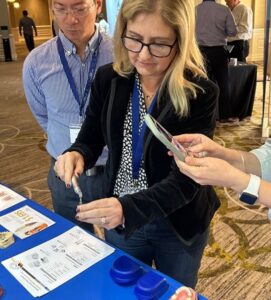
Dr. Da Silveira, a leader in incorporating TADs into treatments, has achieved transformative results for patients with excessive gum display and is actively expanding her skills to address even more complex cases, such as upper arch expansion. At TADcon in Las Vegas, she furthered her understanding of TAD applications, solidifying her dedication to patient-centered outcomes through innovative orthodontic care.
Dr. Sebastian Baumgaertel, an internationally recognized authority on TADs, has dedicated his career to advancing TAD technology and application. His contributions at the recent TOMAS TAD Conference have provided new insights into using TADs for both aesthetic and functional improvements.
Dr. Joseph S. Petrey, known for his work in MARPE and complex case management, has pioneered the use of TADs in sleep apnea treatments and overcrowding corrections. His expertise has enabled him to offer minimally invasive solutions that improve both appearance and health.
A New Era in Orthodontic Care
For those with concerns about gummy smiles, overcrowded teeth, or sleep apnea, Temporary Anchorage Devices represent a new era in orthodontic care.
Schedule a Free Consultation Now
Ready to explore how TADs could transform your smile?
Schedule a free consultation now and learn more about this cutting-edge treatment option tailored to your needs.
Want to get to know us a little better? Check out our YouTube Videos!
